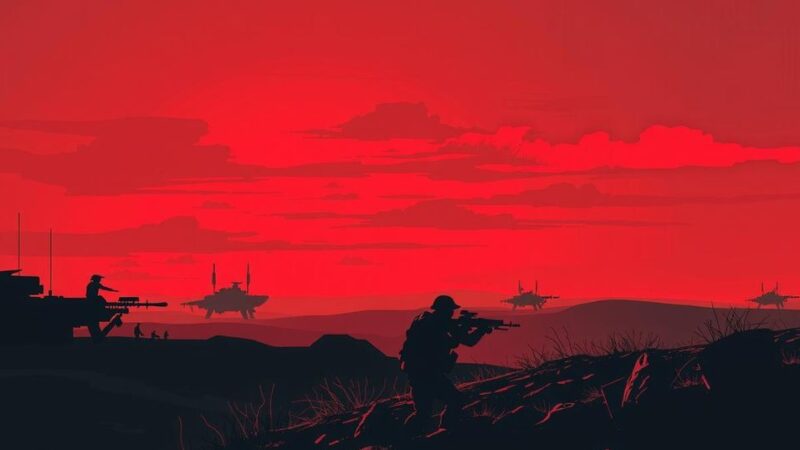Iran’s proxy forces in Syria, notably the Fatemiyoun and Zainebiyoun brigades, were crucial in supporting the Assad regime throughout the civil war. However, recent conflicts have led to significant desertions among their ranks, raising questions regarding their operational viability. Experts suggest that Iran is likely to retain these groups amidst shifting alliances and regional challenges, as they remain pivotal for Iran’s strategic interests.
The Iranian proxies in Syria, notably the Fatemiyoun and Zainebiyoun brigades, were initially established to bolster the Assad regime against threats from Sunni militant groups like the Islamic State (IS). Comprising Afghan Shiite fighters and Pakistani Shiites, they played crucial roles in reclaiming significant territories during the Syrian civil war. However, the dynamics shifted following a recent offensive by anti-Assad rebels, leading to a mass abandonment of their posts by these groups. Experts indicate that Iran will likely retain these militias despite their current instability, as they remain essential for Iran’s strategic interests in the region, especially given the vulnerability of other allied forces like Hezbollah. The future of the Fatemiyoun and Zainebiyoun, amid the continuing civil strife, remains uncertain as reports suggest some have fled, while others might be repositioned or remain in hiding within Syria, awaiting further developments.
Historically, the Fatemiyoun emerged in 2012 with a small group of Afghan volunteers and grew significantly, especially as IS posed an increasing threat to Shiite communities and sites in Syria. The Zainebiyoun brigade was subsequently formed as a distinct entity through Iran’s Islamic Revolutionary Guard Corps (IRGC), which employed various methods of recruitment, including financial incentives and ideological motivations. Both brigades significantly contributed to the Assad regime’s military efforts, often facing heavy casualties, especially as the civil war progressed. However, with the recent advancements of anti-government forces, the stability of these militias has been significantly compromised.
The entire scenario underscores the volatility and complexity of Iran’s proxy warfare strategy in Syria, showcasing how quickly power dynamics can change on the ground. In the backdrop of Syria’s conflict, these groups have served not only as military extensions of Iranian influence but also have become embroiled in a narrative of resistance against Sunni extremism, although their relevancy is now challenged by shifting allegiances and ground realities.
This situation illustrates broader implications for Iran’s military posture and partnerships across the Middle East, indicating a need for Iran to adapt its strategies in light of increasing regional challenges and casualties among its proxy forces.
As such, while some members of the siege-affected molds may still remain in Syria, their operational effectiveness appears diminished, illustrating the unpredictable nature of contemporary warfare as seen in the complicated landscape of the Syrian civil war.
Iranian proxy groups, particularly the Fatemiyoun and Zainebiyoun brigades, have been instrumental in supporting the Assad regime during the Syrian civil war. Originating primarily as responses to the existential threats posed by the Islamic State and other rebel factions, these militias were formed with the support of Iran’s Islamic Revolutionary Guard Corps. These groups comprised fighters from Afghanistan and Pakistan, who were either ideologically motivated or coerced into joining through various means. The intricate dynamics of these militias highlight Iran’s broader strategy of establishing a network of loyal proxy forces across the region to further its interests and maintain its influence in the ongoing conflict.
The fate of Iranian proxies in Syria, particularly the Fatemiyoun and Zainebiyoun brigades, remains precarious following recent challenges to the Assad regime by anti-government forces. While these groups played critical roles throughout the Syrian civil war, their sudden retreat underscores the fragility of Iranian influence through proxy warfare. Future operations and the potential resurgence of these militias will depend largely on Iran’s strategic adjustments amidst growing regional instability and reliance on alternative sources of military support.
Original Source: www.voanews.com






